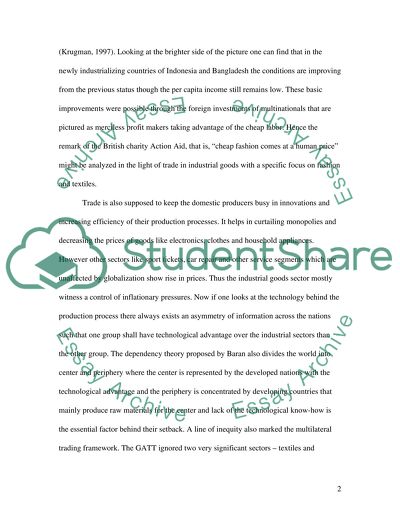Cite this document
(“According to the British charity Action Aid, cheap fashion comes at a Essay”, n.d.)
Retrieved from https://studentshare.org/environmental-studies/1412712-according-to-the-british-charity-action-aid-cheap
Retrieved from https://studentshare.org/environmental-studies/1412712-according-to-the-british-charity-action-aid-cheap
(According to the British Charity Action Aid, Cheap Fashion Comes at a Essay)
https://studentshare.org/environmental-studies/1412712-according-to-the-british-charity-action-aid-cheap.
https://studentshare.org/environmental-studies/1412712-according-to-the-british-charity-action-aid-cheap.
“According to the British Charity Action Aid, Cheap Fashion Comes at a Essay”, n.d. https://studentshare.org/environmental-studies/1412712-according-to-the-british-charity-action-aid-cheap.


